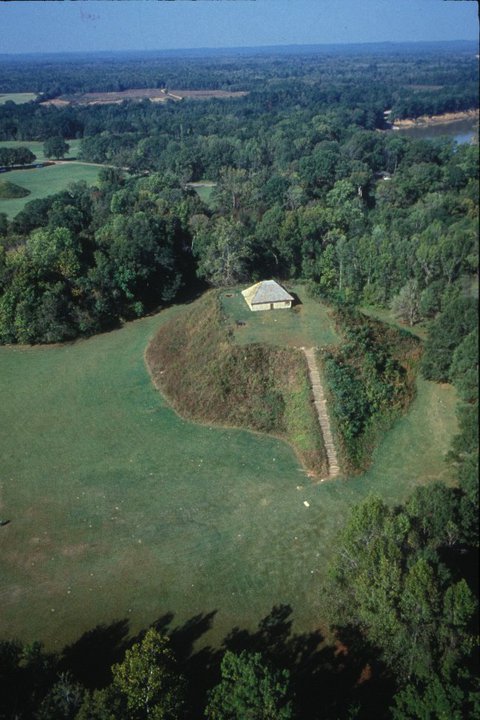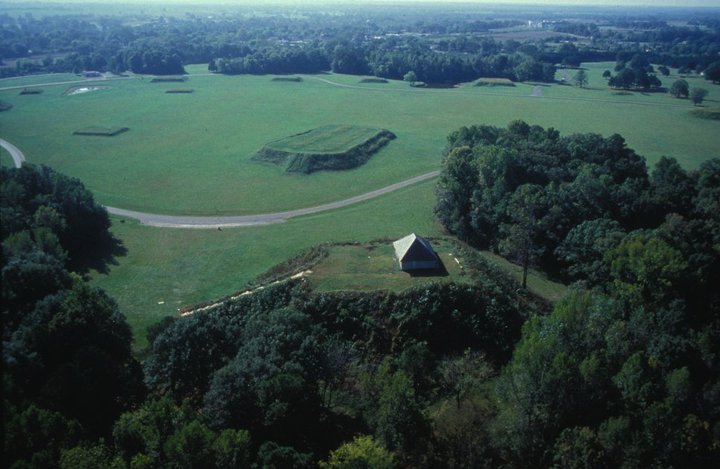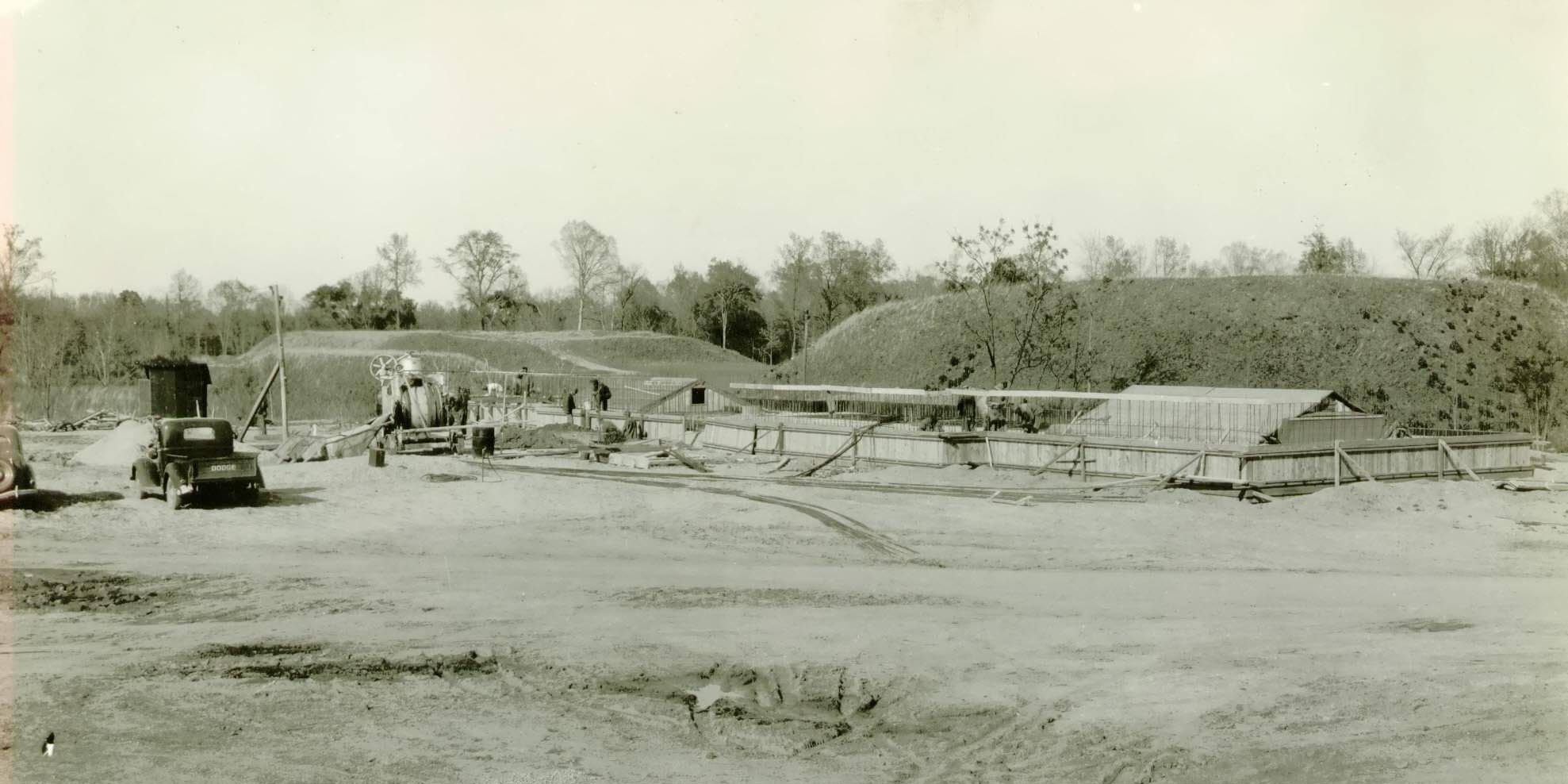Alabama is home to a surprising number of archaeological sites with deep, rich histories dating back centuries. While many of these locations have been extensively excavated and cataloged, others may go unseen for years to come. Luckily, one archaeological site less than 20 miles south of Tuscaloosa has been a definitive area of interest for more than 100 years. The Encyclopedia of Alabama has provided a record of the Moundville archaeological site’s history.
On the Black Warrior River, the Moundville was “once a thriving ceremonial and political center of Mississippian culture.” In 1869, Nathaniel T. Lupton had the Moundville archaeological site mapped. This initial effort created a strong pull to the site for archaeologists in the area.

The History of Moundville
Evidence of a community that remained in the area for more than 300 years has been found at the site. Unfortunately, there are no written historical accounts from the time period in American history, so what is known about the site and those who resided in the area is the result of archaeological findings.
“The Moundville site was founded around 1120 by Native American peoples of the Mississippian period, so named for its origins along the Mississippi River.” The site which spans more than 180 acres appears to be an organized community. The large, recognizable mound often referred to as a plaza and its nearly 30 surrounding counterparts were constructed by the community.
It is believed that each mound was created by layering with earth taken from the surrounding area which has since developed into lakes. Archaeologists have determined that the mounds were constructed in a series of stages over many years with some as short as one meter with others reaching heights of nearly 60 feet.
Why The Community Was Created
At this time, archaeologists have not come to a conclusion as to why the Moundville site was created. It is evident that those in the community utilized the land for fishing, hunting, and growing food and that the community was well-fed by a surplus of supply.
Archaeologists also point to potential evidence of warfare as a motive for the site’s seemingly elaborate construction. “The remains of fortifications indicate that warfare may also have been a factor. A log-walled palisade and earthwork was erected early in the site’s construction.”
Moundville was a successful community in numbers. By the start of the 14th century, the town of Moundville had become the largest in the state. By taking into consideration the volume of housing structures and burial sites, experts estimate a population of 1,000 at the height of the town’s prosperity.

The Fall of Moundville
Between the start of the 14th century and the middle of the 15th, Moundville lost nearly all of its inhabitants. The cause of the abandonment has not been determined, but archaeologists point to the next significant moment in history for confirmation of the town’s gradual collapse.
“By 1540, when explorer Hernando de Soto marched his army of Spanish conquistadors through the area, Moundville likely had few inhabitants. None of the villages described in accounts of the expedition can be identified with certainty as Moundville, and subsequent written descriptions of the area do not appear again until the early eighteenth century when the region was found to be mostly uninhabited.”
While we may not know how or why the once successful settlement fell, archaeologists continue working to unlock the mystery of Moundville.













